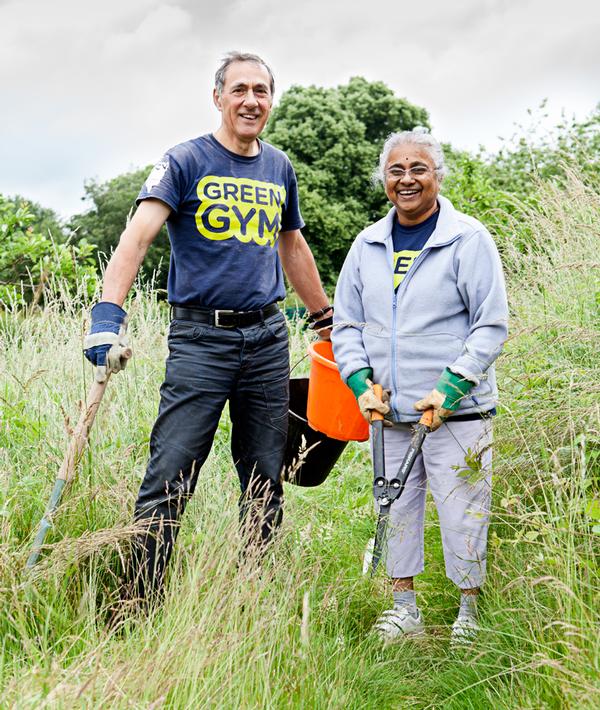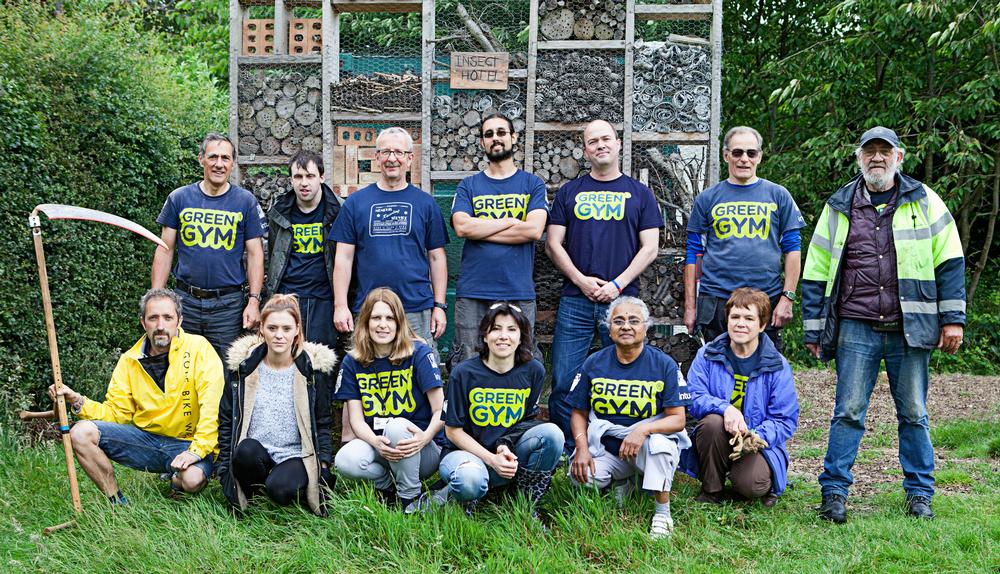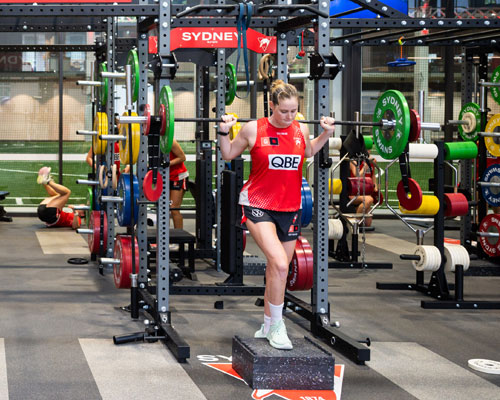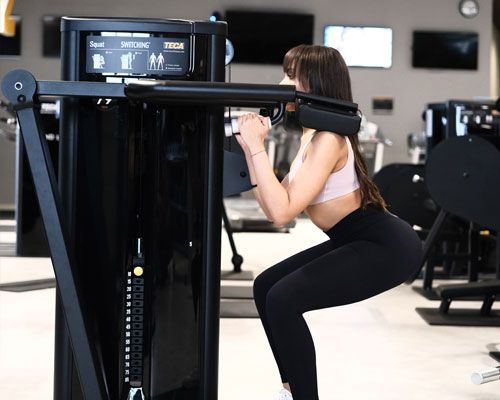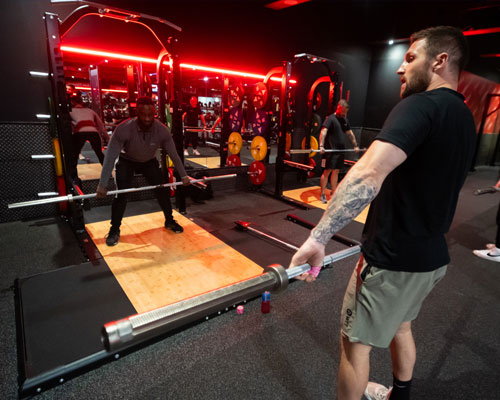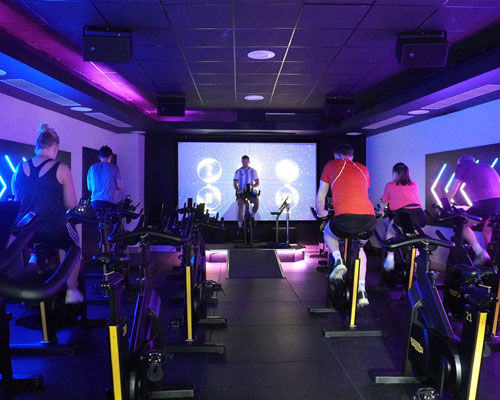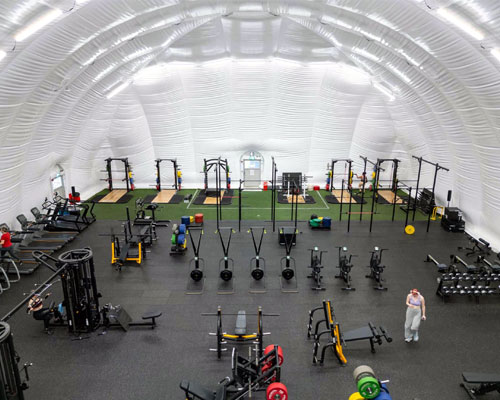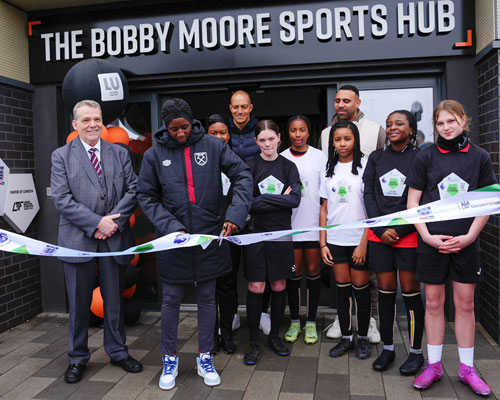features
Boutique studios: Branching out
In the first of a two-part series, Stephen Tharrett and Mark Williamson, co-founders of ClubIntel, report on the growing number of traditional club operators who are dipping a toe into the boutique studio market
Profit is the payment you get when you take advantage of change
This quote from Joseph Schumpeter speaks to the subject of this two-part series that explores traditional club operators who have ventured into the boutique fitness studio arena.
Our journey begins with a broad brushstroke introduction to the boutique fitness studio trend and the impact it’s having on the health and fitness industry. We will then delve into the experiences of several leading club operators in the UK, US and Middle East, including many who have made the strategic decision to venture into the boutique business.
The journey will conclude – in part two of the series, in the September edition of HCM – with six takeaways for club operators who are considering whether to venture into this area of business.
The stage has been set
Since the onset of the Great Recession of the 21st century, the health and fitness industry has found itself weathering a series of disruptive business innovations that have wreaked havoc in the sector.
The first storm was the arrival of the budget operators, with their low-price value proposition leaving an indelible mark on the industry. If that weren’t enough, a second – equally destructive – storm then emerged: boutique fitness studios. The boutiques represented an entirely different innovative disruption – one that leveraged a very different capitalistic principle. Whereas budget clubs were an innovation that industry players could understand (all things being equal, the low price offering will win), boutique fitness studios were defying industry wisdom by saying you could get people to pay more for less.
According to IHRSA’s upcoming 2016 Health Club Consumer Report, out this summer, 35 per cent of US fitness consumers report being “members” of boutique fitness studios, spending around US$4bn more each year than members of traditional health and fitness facilities.
In the past few years, the number of consumers calling boutique fitness studios their destination of choice has grown by around 70 per cent, while traditional fitness facility membership has grown by a picayune 5 per cent. These boutique fitness “members” are, on average, a decade younger than your traditional club member, and primarily millennials.
These numbers tell a story – one that speaks to a sea change in how fitness consumers, and particularly millennials, spend their discretionary and non-discretionary income on enriching their personal health and fitness.
And now a small cadre of traditional but forward-thinking operators are seizing the business opportunity inherent in this newest capitalistic storm, endeavouring to profit from boutique fitness, whether by strengthening their existing value proposition or by creating a new one.
Mainstream goes niche
Perhaps the first mainstream club operator to identify the boutique studio opportunity was Equinox, which in 2008 acquired Pure Yoga’s two studios in New York, and three years later acquired New York’s hottest boutique studio business, SoulCycle. SoulCycle now has over 80 sites, with the UK on the radar – plans are to launch in London by the end of 2016.
But Equinox isn’t the only club operator to have ventured into the boutique studio arena. As of June 2016, a number of established UK commercial operators – David Lloyd Leisure, Fitness First, Pure Gym and The Third Space – have also thrown their hats into the boutique ring. Not to be outdone, a handful of local authority operations are also introducing boutique studio concepts, such as the Intencity studio run by Fusion Lifestyle.
Meanwhile, in the US, respected operators including Atlantic Coast Athletic Clubs (Maryland, Pennsylvania and Virginia), Brick Bodies (Maryland), Leisure Sports (California), Miramont Lifestyle Fitness (Colorado) and Town Sports International (Boston, New York, Philadelphia and Washington, DC) have plunged into the boutique studio fray.
Similar to the UK market, there are also local government recreation departments in the US looking to supplement their existing offerings with a boutique component.
The entry of these big, mainstream players into the boutique segment could be compared to the initial aftershocks after an earthquake. Similar to the supplemental damage caused by aftershocks, the entry of more established operators into the boutique fitness sector could prove another blow to traditional operators who choose not to adapt, and a first strike against independent studio owners who don’t evolve their business.
To better understand why these traditional operators have entered the boutique studio market, and to comprehend the strategic and operational implications of their brand divergence, we sat down with several operators – based in the UK, US and Middle East – to explore the why, what and how of their decision, and its consequences. What follows are highlights from the UK and Middle East interviews, with the US interviews to come in part two.
Third Space launches Another_Space
Interview with CEO Colin Waggett
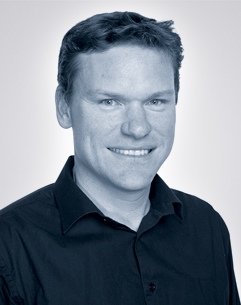
Pictured:Colin Waggett
The Third Space operates four premium clubs in central London that are defined by high-end finishes, comprehensive programmes and facilities and an edgy but luxurious feel. In May of this year, it also introduced Another_Space, which delivers a boutique experience built around cycling, HIIT and yoga. The studio is a standalone offering, charging £30 more for 10 classes than a monthly membership costs at one of its Third Space clubs.
What drove your decision to open a boutique fitness studio?
We had observed the emergence of a newly affluent audience – young, urban professionals seeking stylish and novel experiences that aligned with their lifestyles. We saw fitness consumers seeking out inspirational, high-touch and tribal experiences – embodied by the boutiques – as well as continuing to use mainstream gyms and health clubs.
We chose to focus on cycling, HIIT and yoga as the three most popular activities sought by this target audience, as well as being entirely complementary disciplines from a training perspective.
What were some of the critical decisions you made once you decided to enter the boutique space?
The first decision was to separate the management of the two businesses. The genome of the two operations is entirely different, and as a result we wanted a team that was dedicated to Another_Space, not unduly influenced by the cultural DNA of The Third Space.
Second was to brand the studio separately from the clubs; if the studio had been branded as Third Space, it would have confused consumers and made it difficult to set the two offerings apart. Branding the studio as Another_Space allowed us to differentiate the experience and create a unique, relevant identity for the brand. However, incorporating ‘Space’ into the name offered enhanced credibility through association with Third Space.
What are the key differences between operating a premium club and a boutique?
At the fitness studio, you live and die by the quality of your instructors and your classes. In the boutique fitness studio arena, classes and instructors have to be really extraordinary. The class proposition has to be delivered at a considerably higher plane than in the traditional club setting.
The social and community aspect is considerably more important in a boutique studio than in a traditional club too. Studios require a more disciplined focus on fostering social engagement and community-building among clients (ie creating ‘tribes’).
There’s no sales team at the studio, so generating a strong client base is entirely dependent on the quality of your programmes, the social atmosphere of the studio, and the strength of community that’s being fostered.
Social media and word-of-mouth lie at the heart of the marketing. Without a great social media dialogue and strong word-of-mouth driving client traffic, success can be fleeting.
However, the financial metrics for a studio and a traditional club are not wildly different when accounting for the space occupied by the respective facilities.
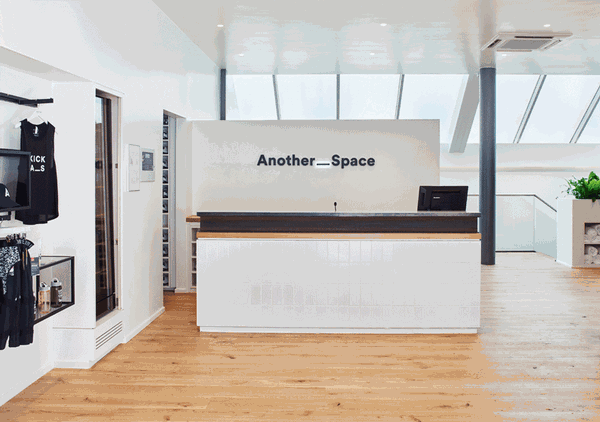
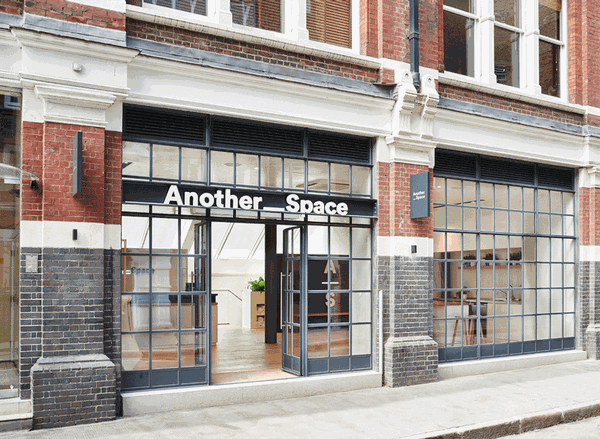
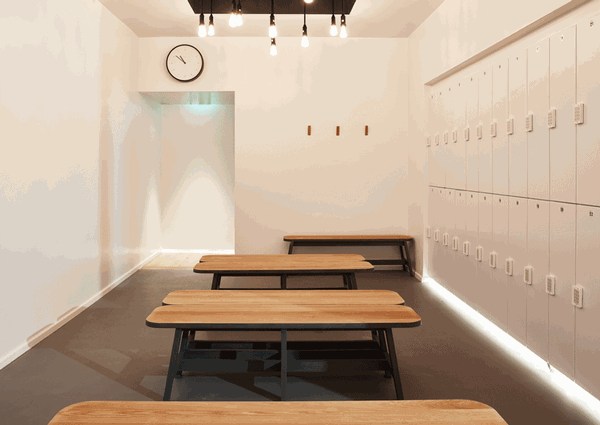
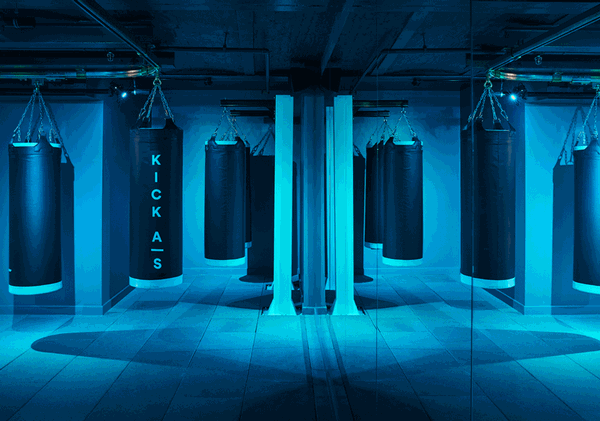
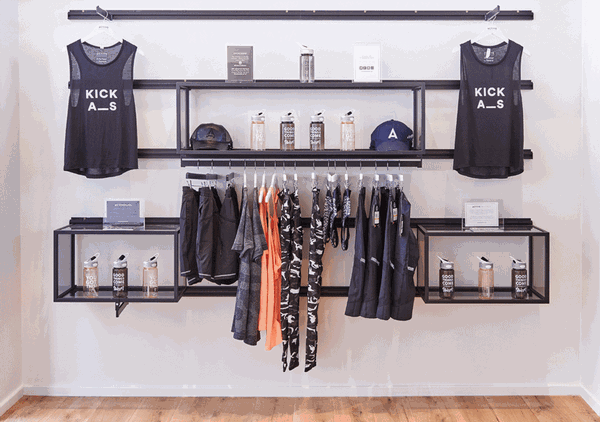
Pure Gym’s ‘Pure Ride’
Interview with Francine Davis, strategic and commercial director

Pictured:Francine Davis
Pure Gym is the UK’s largest health club operator, having recently purchased the estate of former UK operator LA fitness. The low-cost operator already offered up to 80 free classes a week in each club, but in January 2016 the company took one step further, launching a standalone boutique fitness brand called Pure Ride.
The studio offers 60 premium cycling classes each week across two studios. Classes last for 45 minutes, including rides developed in consultation with British Olympic cycling champion Sir Chris Hoy, and are offered individually or in packages of up to 10 rides.
What drove your decision to open a boutique fitness studio?
Pure Gym entered the boutique sector for two reasons. The first was strategic in nature: we had observed that fitness consumers, many of them already our members, were seeking out a more accessible, specialised, immersive, pay-as-you-go fitness experience.
The second reason focused on leveraging current consumer trends. We realised that, as the market changed – and the preferences of our core consumers with it – we needed to deliver a fitness proposition that leveraged those changes while remaining true to Pure Gym’s overarching mission: to make fitness accessible to as many people as possible.
We focused on cycling – rather than, say, barre, HIIT or yoga – due to our wealth of experience in this area. With Sir Chris Hoy as advisor to Pure Gym, and sites nationwide running classes, we had garnered an incredible wealth of talent and experience with cycling, and it made sense to leverage that expertise with the first Pure Ride studio.
What are the key differences between operating a chain of low-cost clubs and operating a boutique?
The community element in boutique fitness is very strong – more so than in traditional clubs – and is something that needs to be cultivated, as it’s very important to the success of the studio. Social media has played an essential role in building a strong sense of community among our Pure Ride clients, with word-of-mouth also key to success.
The emotional connection between the instructors and clients is also significantly more important in the studio environment than in the gym setting. Clients want to go on a mental and physical journey – one that makes them feel on top of the world.
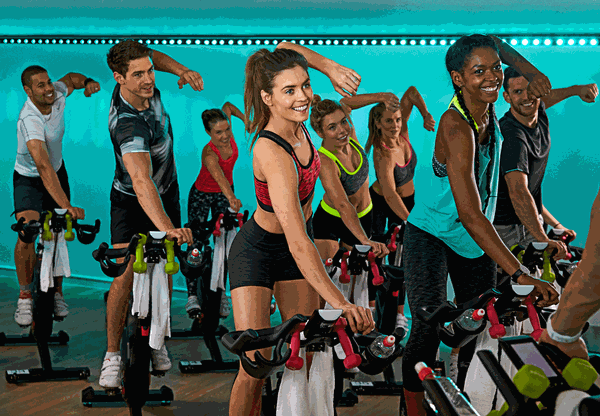
XFit for Fitness First Middle East
Interview with George Flooks, COO

Pictured:George Flooks
Fitness First Middle East, owned by the Landmark Group and operating independently from the rest of the global chain, recently introduced a functional training boutique studio concept to complement its more traditional health club offerings.
What drove Fitness First Middle East to pursue a boutique studio model?
The market in the Middle East is rapidly evolving, and we wanted to explore new models away from our traditional club concept. The decision to pursue a boutique model was strategic and driven in part by the desire to demonstrate that Fitness First could diversify its product offering and introduce new business models that leveraged the changing interests of the global marketplace.
Our market data showed there was specifically a demand among Middle Eastern consumers for a functional training-style boutique fitness studio.
Can you tell us more about XFit?
XFit is a three-in-one concept: one studio that’s been separated into three separate zones (LIFT Zone, BOX Zone and HIIT Zone), divided by sliding partitions. The studio can be completely open to showcase all three zones, or can be separated into three separate spaces to allow three classes to run simultaneously.
The classes are for individuals who want dynamic 30- to 45-minute classed led by ‘rock star’ instructors. Although the studio is a standalone facility with its own brand identity – an edgy, gritty feel that speaks to the intensity of functional-based training – it will have an implied link to Fitness First to leverage the reputation of the Fitness First brand in the Middle East.
Has XFit performed to the company’s expectations so far?
The studio has only been open for three months, but the market’s response has exceeded our expectations. We’re confident that, after its first year of operation, the studio will exceed its financial projections.
What are the key learnings from operating both a traditional health club chain and a boutique?
The studio is a faster-paced and more seamless environment. It offers members greater flexibility, easy entry, easy exit and fast-paced workouts.
It’s also far more energy-efficient than a traditional health club. In our case, the studio runs on 35 kilowatts of power.
You don’t cannibalise your existing membership base. Existing members use the studio for an entirely different reason than they do their home club.
The use of smart technology is a game changer and critical to the overall experience. It enhances efficiency and at the same time brings a cool look and feel to the experience.
All that glitters…
However, not all traditional operators are interested in venturing down the boutique path: John Treharne, founder and CEO of UK budget operator The Gym Group, has said his company currently has no desire to enter this segment of the market – we ask him why in a moment.
Other operators, such as Fitness First, have tested boutique concepts but ultimately not progressed them.
Fitness First had already been testing a number of different models around the world, including The Zone in Sydney, Australia – a group exercise-based club offering around 100 classes a week across six distinct zones. Then, in January 2014, the UK operation opened a 435sq m standalone studio called BEAT in central London: a high intensity, heart rate training-based boutique. But in 2016 it closed this “concept test” studio, instead incorporating BEAT programming into the studio timetable at a couple of its existing Fitness First clubs in London. These BEAT classes now average approximately 26 to 27 members per class, with three to four classes offered daily.
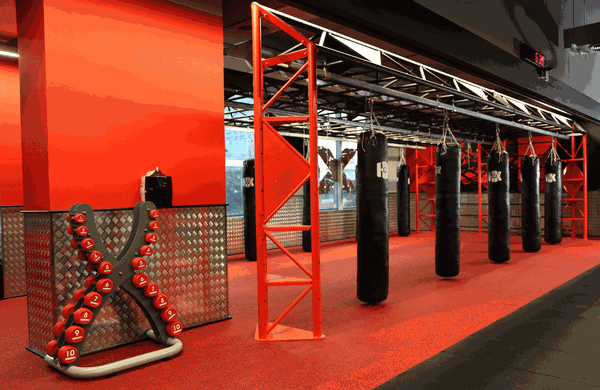
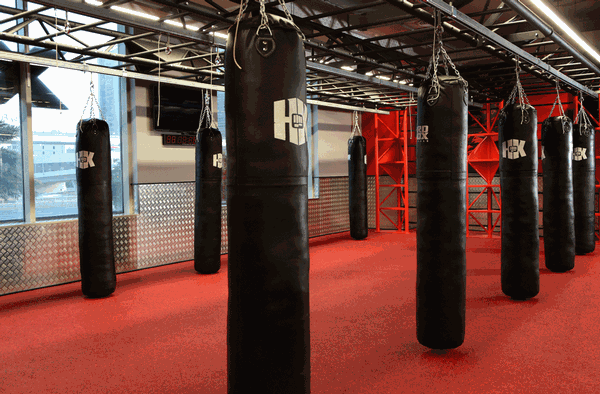
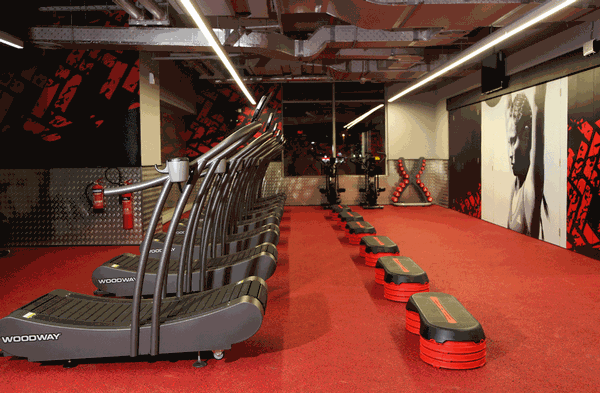
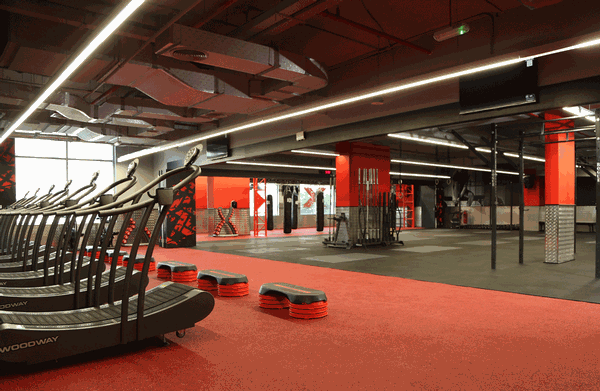
Gym Group: No boutique plans
Interview with John Treharne, founder and CEO
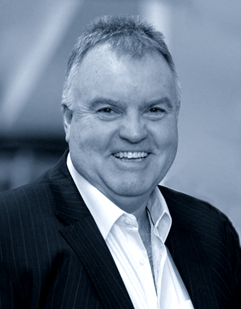
Pictured:John Treharne
Why is the Gym Group not pursuing the boutique studio opportunity?
The primary reason is to maintain the purity and clarity of the Gym Group brand. If we were to branch into the boutique segment, it would create confusion regarding the brand, and our investors – along with the market in general – have placed considerable value on the equity that has been built in the brand.
While we do of course explore trends, the real key for us is to leverage sustainable innovation that builds on the brand’s current equities and doesn’t dilute what we do best: operating the best budget gyms in the market.
What advice would you share with other health club operators who aren’t sure whether to explore the boutique route?
First, be crystal clear about who you are and what you’re doing. Don’t dilute your existing brand promise for the sake of pursuing a trend that has the potential to diminish the equity that you’ve already built in your brand.
Second, do your homework and understand if what you’re considering is a fad or a trend. A lesson I learned early on in my career was: ‘Be in love with the business, not the game.’ Chasing fads and untested trends is a sign that you’re loving the game, not the business.
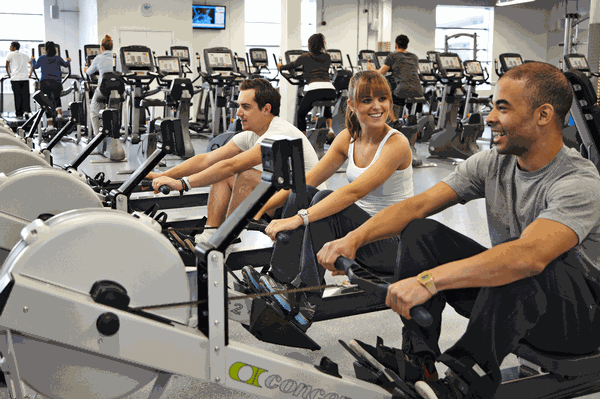
ABOUT THE AUTHORS
Stephen Tharrett (left) is a 35-year veteran of the fitness industry, having served in multiple leadership roles, including CEO of the Russian Fitness Group, SVP for ClubCorp and president of IHRSA.
Mark Williamson (right) has over 25 years’ experience in market research, working for some of the largest hospitality brands in the world.
Stephen and Mark are the co-founders of ClubIntel (www.club-intel.com), a brand insights firm based in the US. Stephen can be reached at [email protected]


